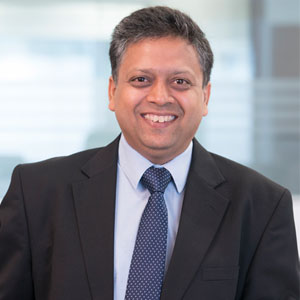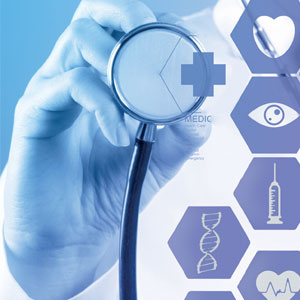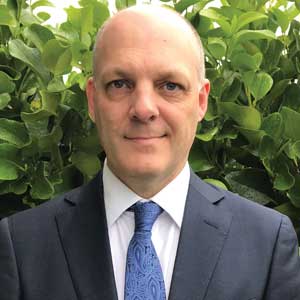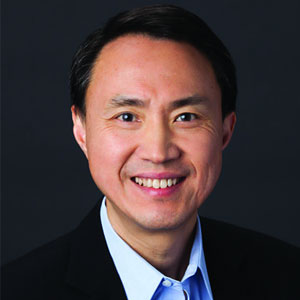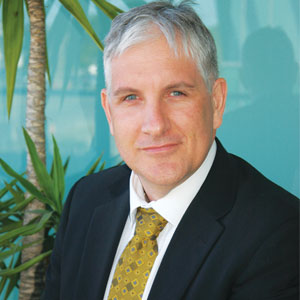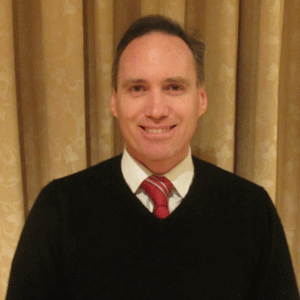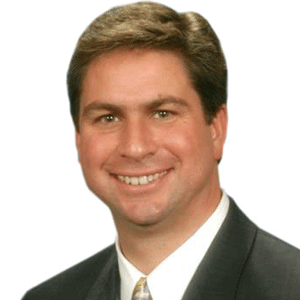THANK YOU FOR SUBSCRIBING

Connecting Patient Care with the Internet of Healthy Things
Sanjay Joshi, CTO, and Healthcare and Life Sciences,

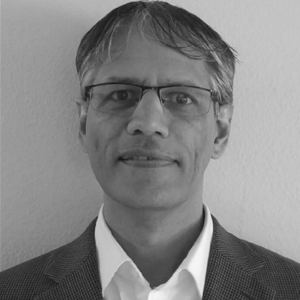
Sanjay Joshi, CTO,
When it comes to health, it has been said that every human being is the author of his or her own well-being. While some of what makes us healthy is genetic, we should also account for the effects of the environment on our health.
Since the definition of a normal, healthy human being is as diverse as the population of our planet, understanding what happens between our visits to the doctor will define health in the future. Even in genetics, there is no definition yet of a “healthy genome” – we are all “wild-types.” How do we build this longitudinal and unique picture of our health? How do we connect our picture with those of others and to our care providers?
“The complexities of improving patient outcomes, regulatory compliance, and strategic business goals require healthcare organizations to become more proactive in the care of their patients”
This topic is defined succinctly as the Internet of Healthy Things (IoHT) by Dr . Joseph C. Kvedar in his recent book. Changing demographics combined with technological advances and rise of IoHT, such as mobile medical applications or wearable devices, are driving the " quantified self "movement – arming us, as consumers, with personalized data to make more informed decisions about our lifestyles. As patients, we are consumers first, demanding a continuum of health services on a pro-active basis, with real-time analysis anticipating problems before they arise.
Asia is Investing Heavily in Healthcare
Recognizing the benefits of integrating IT with healthcare systems, governments across Asia have invested extensively in healthcare infrastructure that provides affordable and universal access to healthcare to their citizens, as well as helps to combat rising costs and demand for efficient healthcare services.
However, there is great disparity across Asia in healthcare IT infrastructure adoption and maturity. Countries such as Singapore and Malaysia have made tremendous effort to achieving healthcare IT integration within hospitals, while healthcare systems in countries such as Indonesia and Thailand have yet to build health information exchange platforms.
Despite increased investment, Asian countries are struggling to reap the benefits of an integrated healthcare system to improve patient outcomes. Healthcare businesses need the agility and security to enable the sharing of patient data across the healthcare continuum, while reducing operating costs and enable more intuitive patient billing functions. To achieve this transformation, providers need to make analytics a primary component of their IT strategy.
Delivering Integrated Care from Hospital Home
By unifying data across the healthcare enterprise, providers can perform patient data intelligence analytics to help improve care coordination and management to help reduce costs. For example, analytics can help predict which patients or cohorts are at highest risk for re-admittance. An integrated analysis examining patient characteristics, outside influences, and population statistics, can reveal which patients are at a higher risk of being readmitted within 30 days. A high-touch post-discharge treatment plan can be developed which can then additionally integrate data from other wearable IoT devices.
In Singapore, Ng Teng Fong General Hospital provides a roadmap for other hospitals in the region to leverage technology to deliver seamless, integrated care. The integrated IT architecture provides a central system from which doctors, patients and other healthcare practitioners can securely access and share patient information for improved medical outcomes. The system not only reduces stress and hassle for patients and caregivers, but also improves productivity and efficiency within the healthcare organization.
Leveraging Analytics for Improved Patient Outcomes
The stage is already set for healthcare leaders to start incorporating this ever-growing patient-generated data into their healthcare ecosystem to move forward accountable care initiatives.
Healthcare organizations are advancing their big data strategies by creating an ecosystem of data centered on the patient to gain additional insights on best methods of care and disease management with the assistance of automated tools to help aggregate, manage, filter, and analyze useful, meaningful data.
This IT infrastructure incorporates diverse internal and trusted external data sources, including patient generated data from smart IoT devices driving the quantified self-movement, as well as the EHR, PACS, claims data, public health databases, genomic research centers, and more.
The complexities of improving patient outcomes, regulatory compliance, and strategic business goals require healthcare organizations to become more proactive in the care of their patients. Technology advancements in storage and data science tools can provide a vital set of analytics assets to meet these growing demands. Ultimately, healthcare providers can use the data lake – a big data repository – to shorten their analytics time-to-value as they make the transition to value-based care. Moving forward, the use of advanced analytics for next-generation care delivery will be a key differentiator for providers. Understanding the patient inside and outside the care setting is vital to providing better care, and IoHT, together with the data lake, can provide a holistic and longitudinal view that would benefit both the patient and the care-provider.
Dell EMC is a US based firm established in 1979 and has global presence. The firm offers data center solutions which include servers, storage, networking, converged infrastructure, security, cloud and data/analytics.
Weekly Brief
I agree We use cookies on this website to enhance your user experience. By clicking any link on this page you are giving your consent for us to set cookies. More info
Read Also




